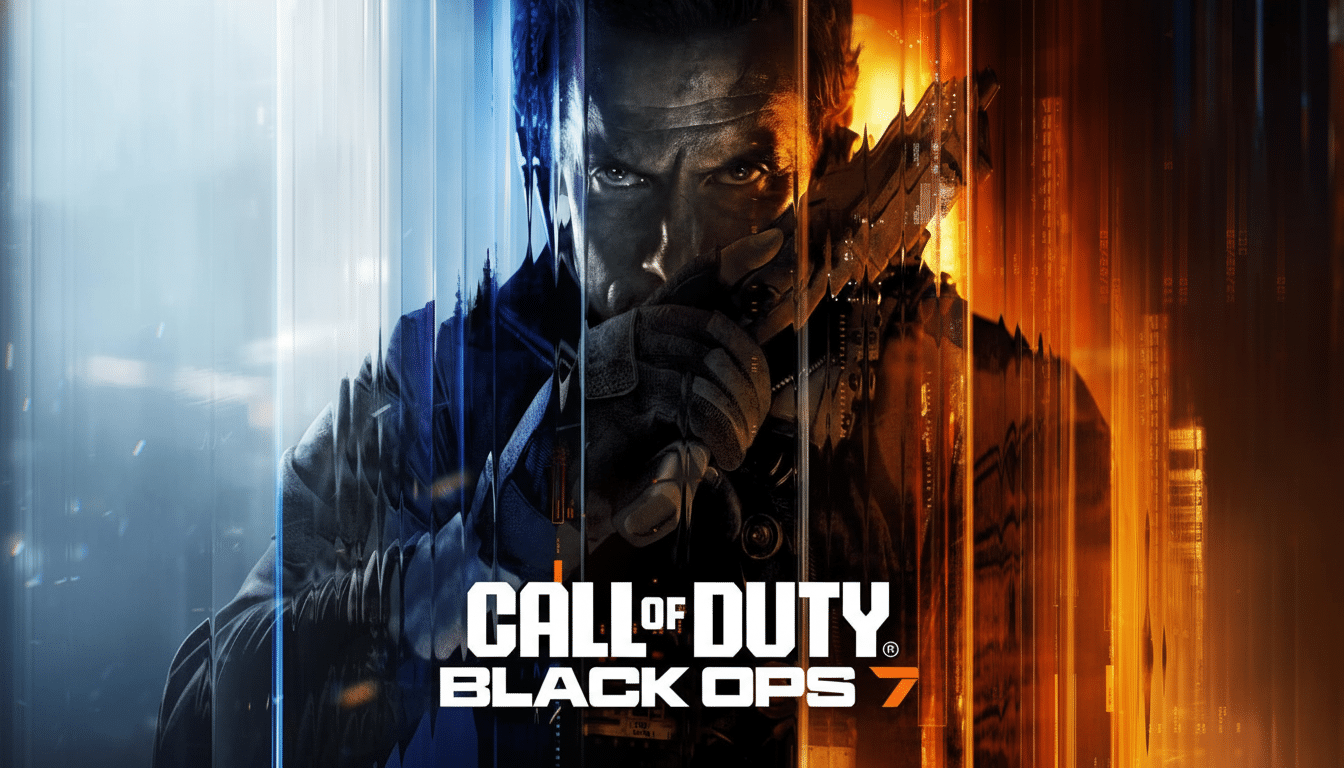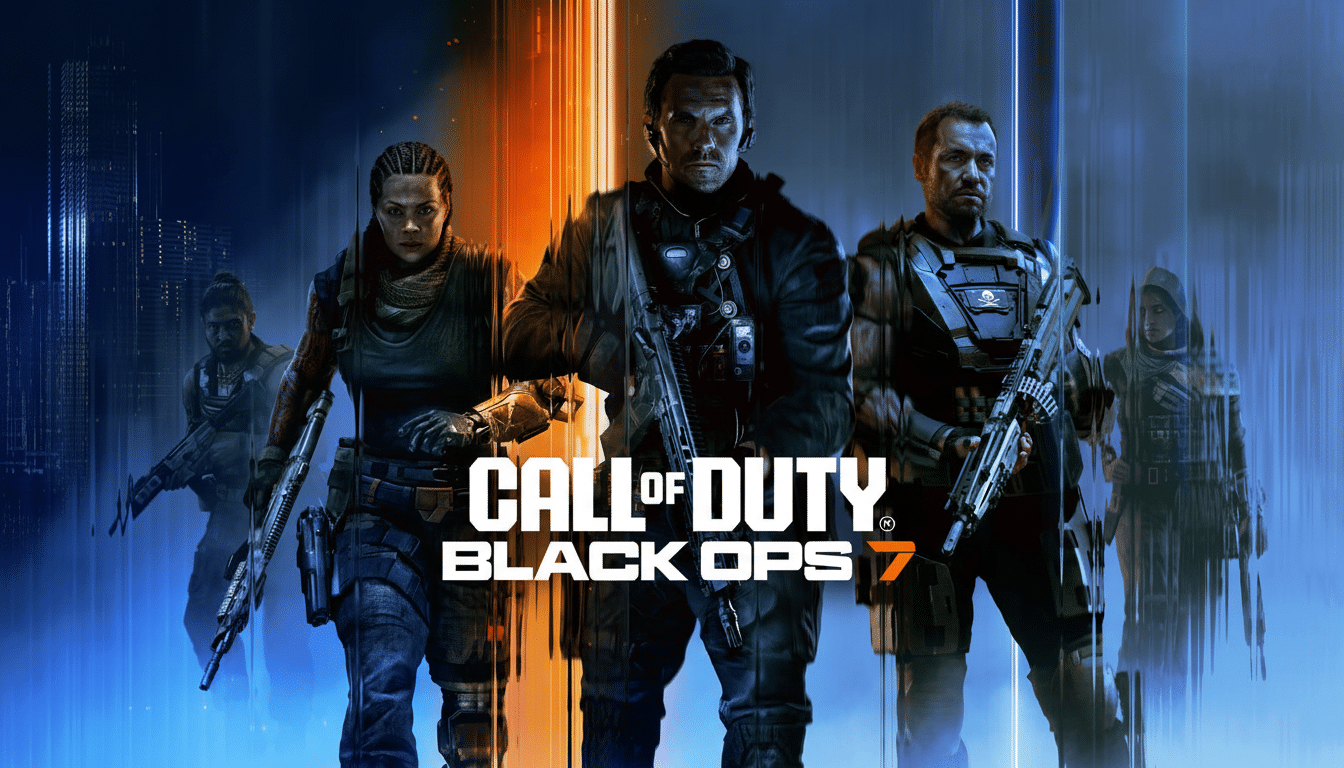Black Ops 7 makes no pretense of being a revolution. It’s a self-assured refinement of Black Ops 4’s greatest ideas, honing down rough edges and pushing movement, map clarity, and muscle-memory gunplay even harder. For a show where familiarity is the highest form of currency, this “6.5” strategy is precisely how it works.
Developer Treyarch pushes iteration with intention. The result is a shooter that’s intuitive from jump but still cracks open new skill expression even for those who want to test its systems.
- Why iteration beats reinvention in Black Ops 7’s design
- Multilane maps built for momentum and readable gunfights
- Overload mode finds its lane with objective-driven chaos
- Matchmaking that actually listens with flexible playlists
- Why a deliberate 6.5 approach makes strong business sense
- Room for expansion without starting over or losing identity
- The bottom line on Black Ops 7’s confident, focused sequel

Why iteration beats reinvention in Black Ops 7’s design
Omnimovement — last year’s big tweak, allowing for sprints, slides, and jukes in every direction — is back as the series’ new staple. Black Ops 7 adds a wall jump that’s less acrobatic than Titanfall’s wall-running, but more than enough to change how you take angles, re-peek corners, and escape pressure.
Three wall jumps can be chained together, with each subsequent “hop” losing speed. That decay is crucial: it incentivizes intention, not spam. In practice, you’ll watch pros use it to chain micro-movements that purchase a half-second of survivability and a victorious sightline (“Oh, so he’s on his @$&!”). It’s a simple addition that has a major impact on the ceiling for high-level play.
Multilane maps built for momentum and readable gunfights
Treyarch’s three-lane philosophy remains unaltered, and the beta maps demonstrate just why that continues to be the gold standard for readable, fast combat.
Lines of play make sense, rotations have a purpose, and power positions are recognizable but not insurmountable.
Importantly, spaces are authored with the new wall jump in mind. Faint scuff marks indicate where you can climb vertically, and “hazards” leave you with no choice but to risk movement tech to bridge chasms and main lanes. Thus, Imprint, a snowbound installation with layered sightlines, is an excellent example of a facility that rewards smart route planning without chipping away at gameplay flow.
Overload mode finds its lane with objective-driven chaos
Overload, the new objective mode, feels like Capture the Flag meets Hardpoint. Teams slug it out for a roving object in the middle of the map; they move to drive that item into the enemy spawn, and the result is that mid-map scrums occur often and pendulum swings become common.
It won’t overshadow Team Deathmatch, Domination, or Hardpoint, but it’s a welcome change of pace and a major showcase for route knowledge. The best teams will develop advanced strategies for exploiting shortcuts in the lanes, timing control of power positions with device spawns, and squeezing through small openings in walls to turn losing angles into advantageous exits.
Matchmaking that actually listens with flexible playlists
Skill-Based Matchmaking continues to be the franchise’s hottest debate, and Treyarch took the right step: playlists that separate more steadfast SBMM (Moshpit) from an open-relationship-prioritized queue (Open Moshpit). It’s a pressure-release valve that concedes both various appetites for sweat and an appetite for variety.

Anticipate the more relaxed playlist to also feel wild — steamrolls and heroics often coexist there — but it incentivizes players to extend into the tougher lobbies. And that’s a good thing for an event-driven series that feeds out into the broader esports ecosystem; Esports Charts logged Call of Duty League championship peaks north of a quarter-million viewers in recent years, and staying power like that happens when the game’s skill language is stable and apparent.
Why a deliberate 6.5 approach makes strong business sense
Consistency sells. Circana’s market data has consistently revealed Call of Duty to be either first or second in annual U.S. sales — and Activision itself has touted the franchise’s multiyear reign as America’s best-selling premium series. Players invest in mastery, and mastery requires stability: consistent time-to-kill, readable maps, transferable movement.
Iteration also smooths over the realities of live service. A common mechanical base benefits anti-cheat squads like Activision’s Ricochet, simplifies Warzone integration, and alleviates content splitting. It’s easier to pile on, try out, and balance if the engine and language of movement aren’t changing underfoot every autumn.
Room for expansion without starting over or losing identity
This beta slice is just a part of the whole pie. A trippy, espionage-driven campaign, the evergreen draw of Zombies, and eventual Warzone updates — wall jumps included — give Treyarch plenty of runway to stretch out without ripping up the floorboards.
If there is a wish list, it reads like this:
- A touch more vertical creativity in certain maps without giving up the three-lane clarity that Call of Duty does so well.
- A few marquee moments baked into Overload to accompany the series’ very best objective highs.
Those are tweaks on the margin, not structural fixes.
The bottom line on Black Ops 7’s confident, focused sequel
Black Ops 7 is an iteratively sharper Black Ops 6, with more intelligent movement, clearer maps, and matchmaking options that accommodate various styles of play. That’s not being cautious; that’s understanding the customer. It hits where fans spend the most time at its standard price of $69.99 and leaves room for more ambitious shapes lifted from Zombies, campaign, and Warzone going forward.
Sometimes the smartest sequel is the one that polishes, not overhauls.
Black Ops 7 leans into that — and the game is better because of it.

